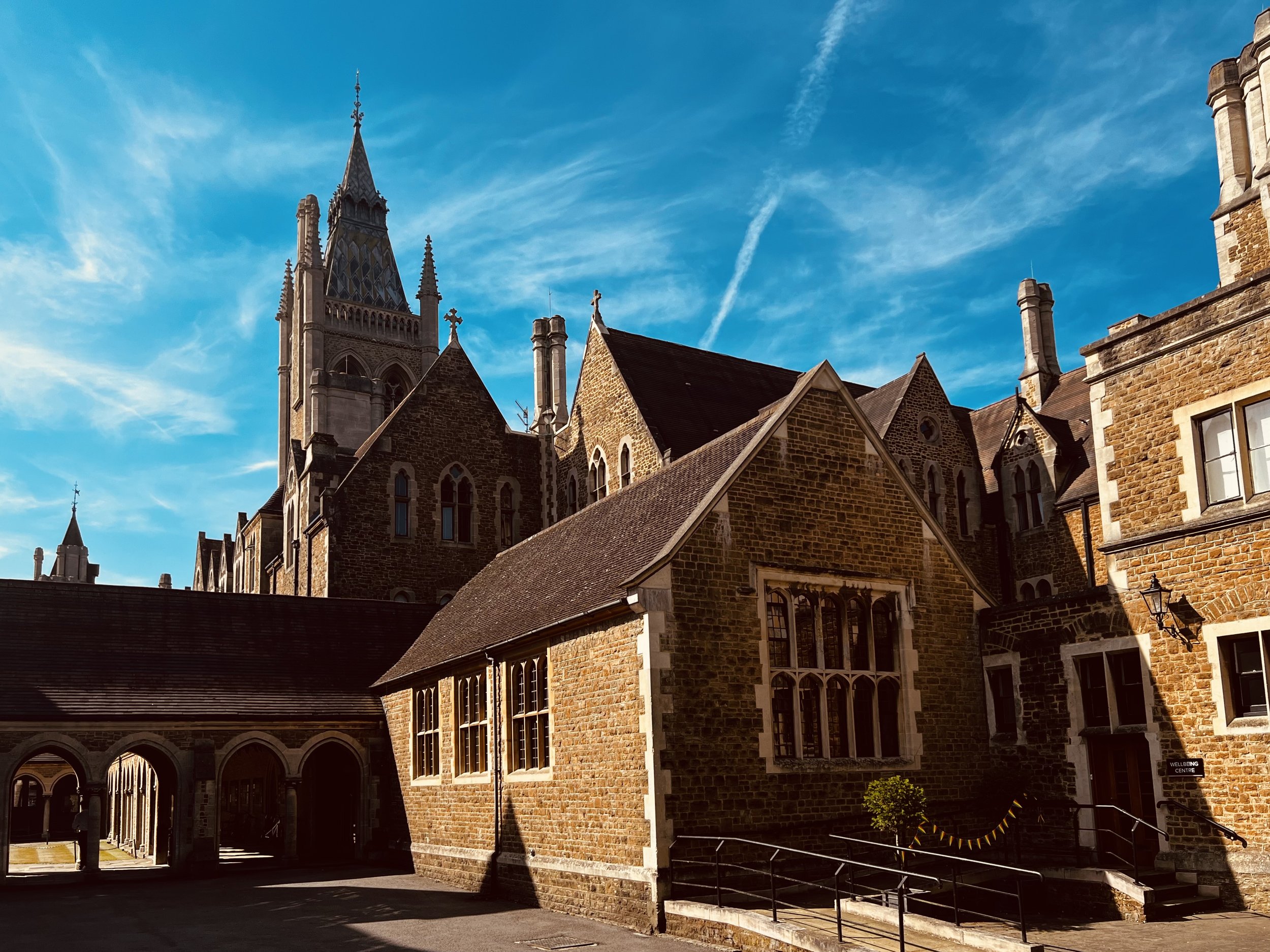Seven Schools & Counting

With the very busy summer period behind us, where we completed all programmed works to seven schools, we are still working at full capacity on other projects.
Our Tanking & Waterproofing division is occupied with treating numerous basements and vaults in the Marylebone and Fitzrovia area of Central London, together with liquid applied roofing membranes to a South London hospital. We are completing several masonry stabilisation projects to both commercial and domestic properties, in London and the Home Counties and these are being handled by our Heritage and Conservation team. Concrete repairs, carried out by our core Structural Renovations division are underway to a large 1960’s concrete frame, prior to the building being fitted out by the Principal Contractor.
Due to the amount of work that we have secured over the summer months we have found it necessary to increase our site staff by over 20%, to ensure we can maintain progress and achieve the often tight deadlines set by our clients.
Spotlight on RAAC (Reinforced Autoclaved Aerated Concrete).
Following the collapse of an RAAC plank at a school in late August this year, there has been much coverage in the media about this material and many schools were forced to close, to allow for further investigation.
RAAC was extensively used between the 1950s and into the 1990s. It was installed in a wide variety of mainly public buildings, including schools, hospitals, theatres, courts and halls. RAAC was used predominantly to form flat roofs but can also regularly be found in walls/partitions. RAAC has also been used in floors but to a far lesser extent.
Structural Renovations can assist with comprehensive surveying.
In recent years we have been employed (mostly in schools) to carry out visual surveys to identify the presence of RAAC and provide comments on the condition of the material where found. RAAC is relatively easy to recognise and there are a number of obvious tell-tale signs which identify deterioration/poor condition, including longitudinal cracking along the positions of steel reinforcing bars, indicating poor placement/slippage, or expansive corrosion. Transverse cracking on the underside of RAAC planks used in roofs may indicate sagging due to overloading, or insufficient support. The bearing points at each end of RAAC planks are susceptible to crushing due to the soft nature of the aerated concrete.
We have found that poor maintenance of flat roof coverings has exacerbated the deterioration of RAAC planks, as moisture entering the open textured material leads to acceleration of the corrosion process.
If you have any concerns that your building contains RAAC materials, please contact us and we will endeavour to assist.
Leatherhead FC climb to 2nd position.
Away from work and on a lighter note we are pleased to record that Leatherhead FC, with whom we are proud to have a close association with, are currently 2nd in the Isthmian South Central League table. It’s still early in the season but we sincerely hope the ‘Tanners’ maintain this strong start.





